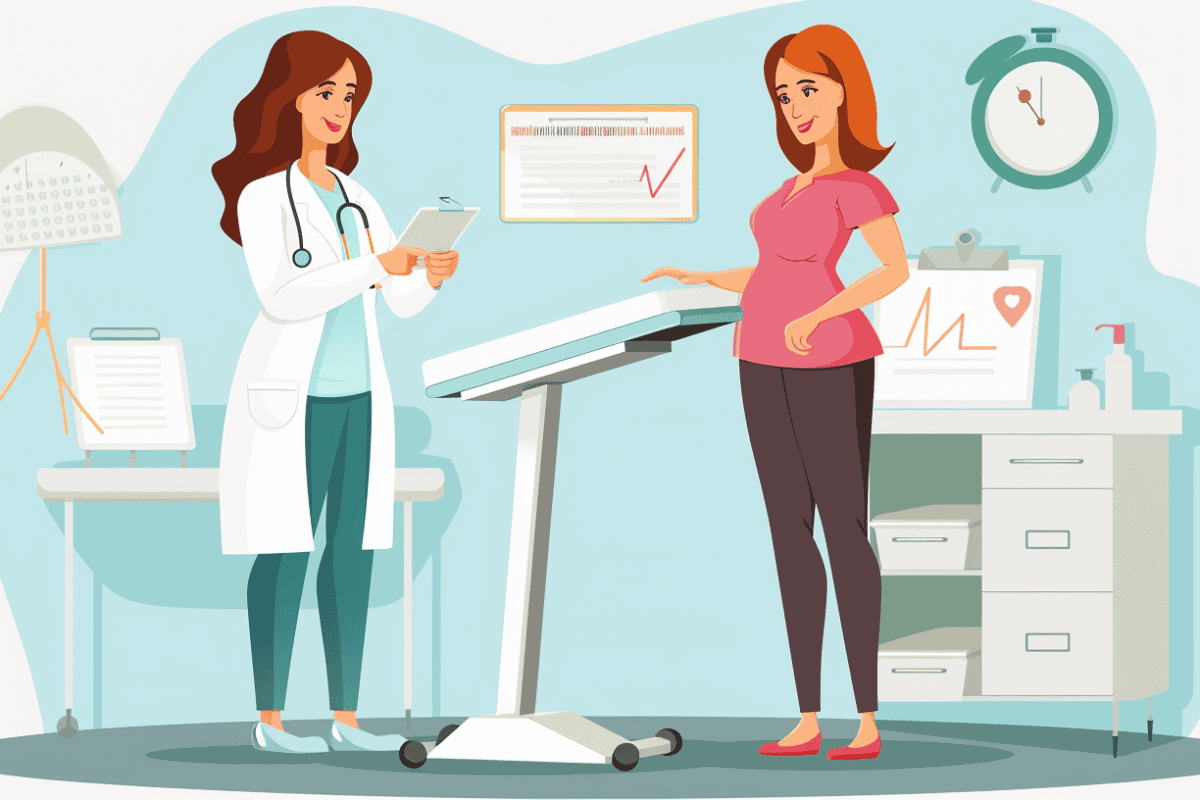Posture is the alignment of the body while standing, sitting, or lying down. It is the way we hold ourselves and the position in which our body is. Good posture is not only about looking good but is also essential for maintaining overall health and well-being. Good posture helps in the proper functioning of the body. It helps maintain balance, reduce stress on joints and muscles, promote better breathing and digestion, and also helps to improve our appearance. However, many people have postural defects due to various reasons, which can lead to pain, discomfort, and negative effects on the body.
Common postural defects: Some of the most common postural defects include rounded shoulders, forward head posture, and sway back. Rounded shoulders, also known as “hunchback,” is a condition where the shoulders are rolled forward, and the upper back is rounded; it can be caused by prolonged sitting, poor posture, and even muscle imbalances. This condition can cause pain and discomfort in the shoulders, neck, and upper back. It also puts a lot of strain on the muscles, leading to muscle tension and headaches. It can occur in children as well.
Forward head posture is another common postural defect where the head is pushed forward; this can happen due to prolonged usage of electronic devices or poor sitting posture. This condition puts extra strain on the neck and shoulders; it can cause headaches, tension, and even nerve impingement.
Swayback, also known as hyperlordosis, is a condition where the lower back is excessively arched, causing the buttocks to stick out. This can happen due to weak abdominal muscles, poor sitting posture, and even pregnancy. This condition can lead to lower back pain, put extra strain on the knees and hips, and cause muscle imbalances. All these postural defects can be corrected with exercises, stretches, and by being mindful of your posture throughout the day. It’s important to engage in regular exercise and stretching and take breaks when sitting for long periods of time to maintain good posture and improve overall health.
Causes: The causes of postural defects can be varied and complex, but some of the most common causes include poor habits and certain medical conditions. Poor habits such as sitting for long periods, carrying heavy bags, and poor sleeping posture can all contribute to postural defects. For example, prolonged sitting can lead to muscle imbalances and tension, which can cause rounded shoulders and forward head posture. In addition, carrying heavy bags can cause strain on the shoulders and back, leading to postural defects. Poor sleeping posture, such as sleeping on your stomach, can also contribute to the development of postural defects.
Correcting postural defects: Correcting postural defects is essential for maintaining overall health and well-being. To do this, it is important to focus on strengthening and stretching the affected muscles. A combination of exercises and stretches can help to improve posture and alleviate pain and discomfort.
Exercises such as shoulder retractions and chest stretches can help to improve rounded shoulders and forward head posture. Shoulder retractions involve pulling the shoulders back and down, while chest stretches involve stretching the chest and shoulder muscles. Core strengthening exercises such as planks and bridges can also be beneficial for correcting sway back by strengthening the abdominal muscles and lower back.
Stretches such as neck stretches and lower back stretches are also important for correcting postural defects. Neck stretches involve gently tilting the head from side to side, and lower back stretches involve gently arching and rounding the lower back. These stretches can help to alleviate pain and discomfort in the affected areas and improve mobility.
Tips for maintaining good posture: Maintaining good posture is an ongoing process that requires constant awareness and effort. One of the most important things to keep in mind is to be mindful of your posture throughout the day. This means sitting up straight, keeping your shoulders back, and avoiding slouching. This simple habit can make a big difference in preventing postural defects and reducing pain and discomfort.
Another important aspect of maintaining good posture is taking frequent breaks when sitting for long periods of time. Sitting for prolonged periods can cause muscle tension and imbalances, leading to postural defects. Regular breaks to stand up, stretch, and move around can help prevent this.
Regular exercise and stretching are also essential for maintaining good posture. Engaging in exercises that target the muscles that support good posture, such as the core, shoulders, and back muscles, can help to improve posture, prevent postural defects, and alleviate pain and discomfort. In addition, stretching the muscles that are tightened due to poor posture can also help to maintain good posture.
The role of posture in sports performance: The role of posture in sports performance is often overlooked, but it is essential for optimal performance and injury prevention. Good posture helps to maintain balance, stability, and proper alignment of the body, which can improve power, speed, and endurance. Conversely, poor posture can lead to muscle imbalances, weakness, and an increased risk of injury. In sports, maintaining good posture while performing movements can help to improve technique and increase efficiency, which in turn can lead to improved performance. Therefore, athletes should be mindful of their posture while training and competing and make adjustments as necessary.
Take aid of a brace: Using braces is one way to correct postural defects and alleviate pain and discomfort. Braces can be used to support and correct the alignment of the spine and other joints and provide extra support to the affected muscles.
For example, in the case of rounded shoulders, a posture brace can be worn to help pull the shoulders back and improve alignment. This can help to reduce pain and discomfort in the shoulders, neck, and upper back. Similarly, a neck brace can be worn for forward head posture to help realign the head and neck, reducing the strain on the neck and shoulders.
In the case of swayback, a lower back brace can be worn to help support the lower back and improve alignment. This can help to alleviate pain and discomfort in the lower back and reduce the strain on the hips and knees.
It’s important to note that braces should be used as a temporary solution and not as a replacement for other forms of treatment, such as exercise and stretching. However, you can consider medi brace if you are looking for high-quality support braces. They should be worn as per the instruction of a healthcare professional, who can recommend the right type of brace for your specific condition. Additionally, it’s important to make sure that the brace is the right fit and that it’s not too tight or too loose, as this can affect its effectiveness.
Conclusion
In conclusion, postural defects are a common problem that can lead to pain, discomfort, and negative effects on the body. Common postural defects include rounded shoulders, forward head posture, and sway back. In addition, poor habits and certain medical conditions can cause these defects. To correct postural defects, it is important to focus on strengthening and stretching the affected muscles. Maintaining good posture requires constant awareness and effort, including being mindful of your posture, taking frequent breaks, and engaging in regular exercise and stretching. Following these guidelines can improve your posture, reduce pain and discomfort, and maintain overall health and well-being.
This is a sponsored post
Digital Health Buzz!
Digital Health Buzz! aims to be the destination of choice when it comes to what’s happening in the digital health world. We are not about news and views, but informative articles and thoughts to apply in your business.


